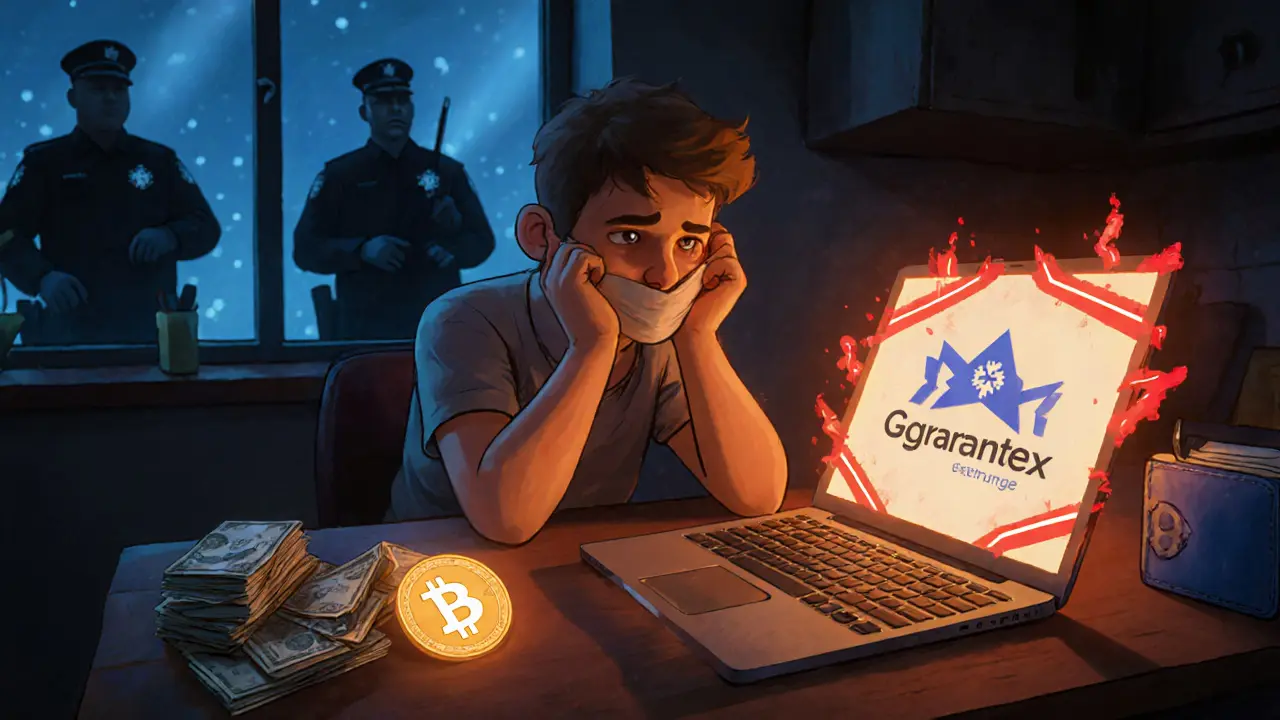Russian Crypto Risks: What You Need to Know About Regulations, Seizures, and Scams
When you hear about Russian crypto risks, the combination of government control, financial crackdowns, and deceptive projects that make crypto use dangerous for individuals in Russia. Also known as crypto suppression in Russia, it’s not just about bans—it’s about how the state monitors, freezes, and punishes digital asset activity. Unlike countries that embrace crypto as innovation, Russia treats it as a threat to financial control. That shift has real consequences: people lose funds, wallets get seized, and even holding crypto can put you on a government watchlist.
One of the biggest dangers is crypto seizure, the legal process where authorities confiscate digital assets, often without warning or due process. In Russia, this isn’t rare—it’s routine. The government has cracked down on mining operations, frozen wallets linked to foreign exchanges, and seized hardware from individuals suspected of bypassing capital controls. These aren’t theoretical risks. Real people have had their Bitcoin, Ethereum, and even small altcoins taken during police raids. And unlike in the U.S., where seized crypto is sometimes auctioned off, Russian seizures often disappear into state-controlled systems with no transparency. This ties directly to cryptocurrency regulation, the strict, shifting legal framework that makes owning or trading crypto in Russia legally risky. While Russia doesn’t outright ban crypto, it bans its use as payment, restricts exchanges, and forces users to register with authorities. The rules change monthly, and compliance is nearly impossible for average users. Even if you think you’re following the rules, a sudden policy shift can make your holdings illegal overnight. Meanwhile, Russian blockchain, the state-backed digital infrastructure designed to replace Western systems, is promoted as a solution—but it’s not decentralized. It’s a government-controlled ledger where transactions are visible to officials. It’s not freedom—it’s surveillance with a blockchain label.
And then there are the scams. With legitimate crypto access shrinking, fake airdrops, fake exchanges, and phishing schemes targeting Russian users have exploded. Projects like fake TON wallets, cloned Binance interfaces, and ‘government-approved’ crypto apps are everywhere. These aren’t just annoying—they’re deadly. People lose life savings because they trusted a Telegram bot that looked official. The same people who avoid risky DeFi tokens in the West are now being lured into traps that don’t even exist outside Russia.
What you’ll find below isn’t theory. These are real cases: exchanges shut down overnight, wallets frozen without notice, tokens with zero value that people were told were ‘legal.’ You’ll see how crypto seizures work in practice, how regulation turns simple actions into crimes, and how scams exploit fear and confusion. No fluff. No hype. Just what’s actually happening—and how to protect yourself if you’re in or dealing with Russia’s crypto space.
Crypto Exchanges to Avoid if You Are Russian: High-Risk Platforms and Legal Consequences
Russian citizens face serious legal risks using unlicensed crypto exchanges like Garantex, Exved, and Grinex. These platforms are sanctioned, linked to money laundering, and can lead to criminal charges. Learn which exchanges to avoid and what to do instead.
